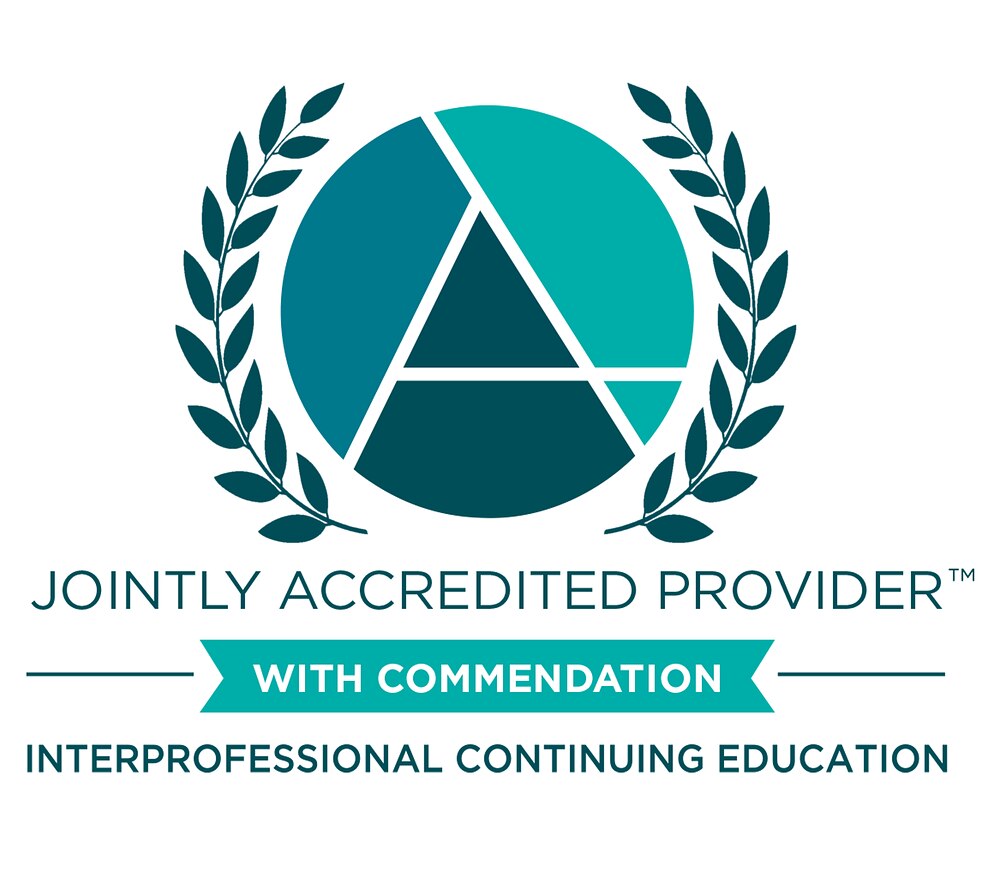The four core competencies of Interprofessional Education (IPE) as defined by the National Center for Interprofessional Practice and Education are recognized as a gold standard for educational initiatives in health professions’ education. At West Virginia University, these competencies form the basis of our foundational “IPE 101” curriculum. For the past decade, our institution has worked to refine our foundational sessions to highlight one of the four core competencies of professional roles and responsibilities, value and ethics, teamwork, and communications. As each session is unique, there was not a standardized evaluation tool that would be applicable for each session. Therefore, students complete a retrospective pre/post survey that is specific to each session and measures the degree to which the core competency and related sub-competencies were addressed.
Session one, professional roles and responsibilities, uses a speed networking format to allow students to share information about their education and profession with one another. Session two, values and ethics, utilizes a choose-your-own adventure approach to guide students through the ethical decision-making process in a patient's case. The next session, session three, teamwork, uses an online platform to guide student teams through an interactive room of patient mistakes and safety hazards. The final session for the academic year, session four, communication, uses a role-playing format which challenges students to view a case using perspective roleplay techniques to focus on communication.
The post- session surveys include questions about how well each of the core competencies and sub-competencies were addressed, based on session objectives. The sub-competency questions are phrased in retrospective pre- and post- format. This provides important curricular feedback as well as student perception data and continues to build the case for IPE as part of the curriculum. This is also a springboard for simulation and clinical practice initiatives and demonstrates change over time.
This model, refined for nearly a decade, is transferable to other institutions, as session one is completed both in person and virtual, and the remaining three sessions are completed virtually.
In support of improving patient care, this activity is planned and implemented by The National Center for Interprofessional Practice and Education Office of Interprofessional Continuing Professional Development (National Center OICPD). The National Center OICPD is accredited by the Accreditation Council for Continuing Medical Education (ACCME), the Accreditation Council for Pharmacy Education (ACPE), and the American Nurses Credentialing Center (ANCC) to provide continuing education for the healthcare team.
As a Jointly Accredited Provider, the National Center is approved to offer social work continuing education by the Association of Social Work Boards (ASWB) Approved Continuing Education (ACE) program. Organizations, not individual courses, are approved under this program. State and provincial regulatory boards have the final authority to determine whether an individual course may be accepted for continuing education credit. The National Center maintains responsibility for this course. Social workers completing this course receive continuing education credits.
The National Center OICPD (JA#: 4008105) is approved by the Board of Certification, Inc. to provide continuing education to Athletic Trainers (ATs).
This activity was planned by and for the healthcare team, and learners will receive Interprofessional Continuing Education (IPCE) credit for learning and change.


Physicians: The National Center for Interprofessional Practice and Education designates this live activity for AMA PRA Category 1 Credits™. Physicians should only claim credit commensurate with their participation.
Physician Assistants: The American Academy of Physician Assistants (AAPA) accepts credit from organizations accredited by the ACCME.
Nurses: Participants will be awarded contact hours of credit for attendance at this workshop.
Nurse Practitioners: The American Academy of Nurse Practitioners Certification Program (AANPCP) accepts credit from organizations accredited by the ACCME and ANCC.
Pharmacists and Pharmacy Technicians: This activity is approved for contact hours.
Athletic Trainers: This program is eligible for Category A hours/CEUs. ATs should claim only those hours actually spent in the educational program.
Social Workers: As a Jointly Accredited Organization, the National Center is approved to offer social work continuing education by the Association of Social Work Boards (ASWB) Approved Continuing Education (ACE) program. Organizations, not individual courses, are approved under this program. State and provincial regulatory boards have the final authority to determine whether an individual course may be accepted for continuing education credit. The National Center maintains responsibility for this course. Social workers completing this course receive continuing education credits.
IPCE: This activity was planned by and for the healthcare team, and learners will receive Interprofessional Continuing Education (IPCE) credits for learning and change.
Learners can claim CE credit by completing the Daily Evaluation.


